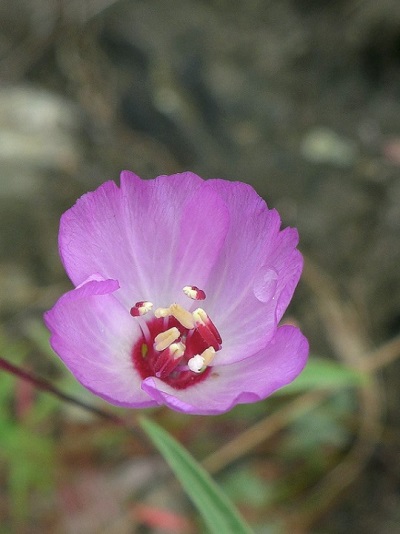Native Plant Conservation Campaign News: Habitat connectivity essential to recovery of fragmented plant communities, ecosystems
October 1, 2019
A new study published in the September 27 issue of the Journal science examined fragmented patches of longleaf pine savanna, a threatened  ecosystem (less than 3% of original area remains) within a global biodiversity hotspot in South Carolina. The patches are being restored but are surrounded by homogeneous pine plantations which limit native plant growth.
ecosystem (less than 3% of original area remains) within a global biodiversity hotspot in South Carolina. The patches are being restored but are surrounded by homogeneous pine plantations which limit native plant growth.
 ecosystem (less than 3% of original area remains) within a global biodiversity hotspot in South Carolina. The patches are being restored but are surrounded by homogeneous pine plantations which limit native plant growth.
ecosystem (less than 3% of original area remains) within a global biodiversity hotspot in South Carolina. The patches are being restored but are surrounded by homogeneous pine plantations which limit native plant growth.For 18 years, researchers followed plant species establishment in the recovering patches. Researchers also constructed corridors between some of the patches while leaving the remainder unconnected.
Annual plant colonization of the connected fragments were 5% higher and annual species loss rates 2% lower than in unconnected fragments. Overall, nearly 14% more plant species were found in connected fragments after almost two decades. The study shows that the value of connectivity to biodiversity and plant community recovery is much greater than previously estimated, and that it can be maximized by connecting habitat sooner rather than later.
The study found that, contrary to researchers’ expectations, annual increases in plant diversity persisted for the length of the study. The study is continuing.
The study is unusual both because it was long term, spanning 18 years, and because it was able quantitatively to measure the effects of corridors on diversity and recovery, an opportunity that is almost never available.
The study comes at an opportune moment. On May 9, the Wildlife Corridors Conservation Act of 2019 was introduced in both houses of Congress. The bill would establish a National Wildlife Corridor System on federal lands, giving federal agencies the authority to designate and protect corridors. This new study provides more evidence of how effective that legislation will be in promoting plant community and ecosystem restoration. Read NPCC News on the Wildlife Corridors Conservation Act.
Read more about the study:
Photo: Presidio Clarkia one of four federally listed plants that have reappeared, along with rare wildlife, in restored native plant communities in San Francisco © CA Department of Fish and Wildlife